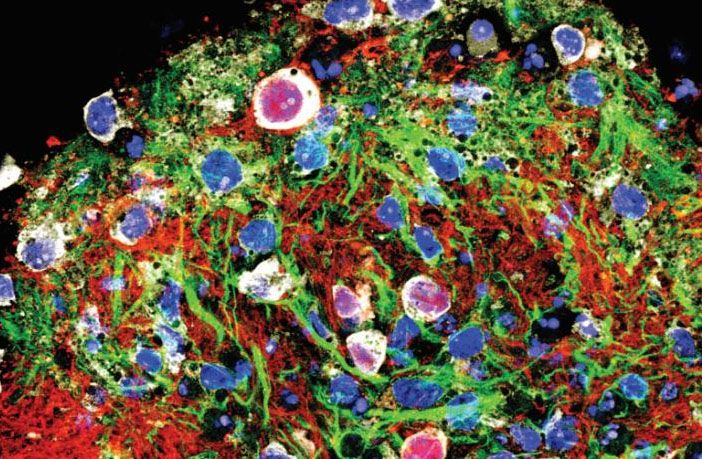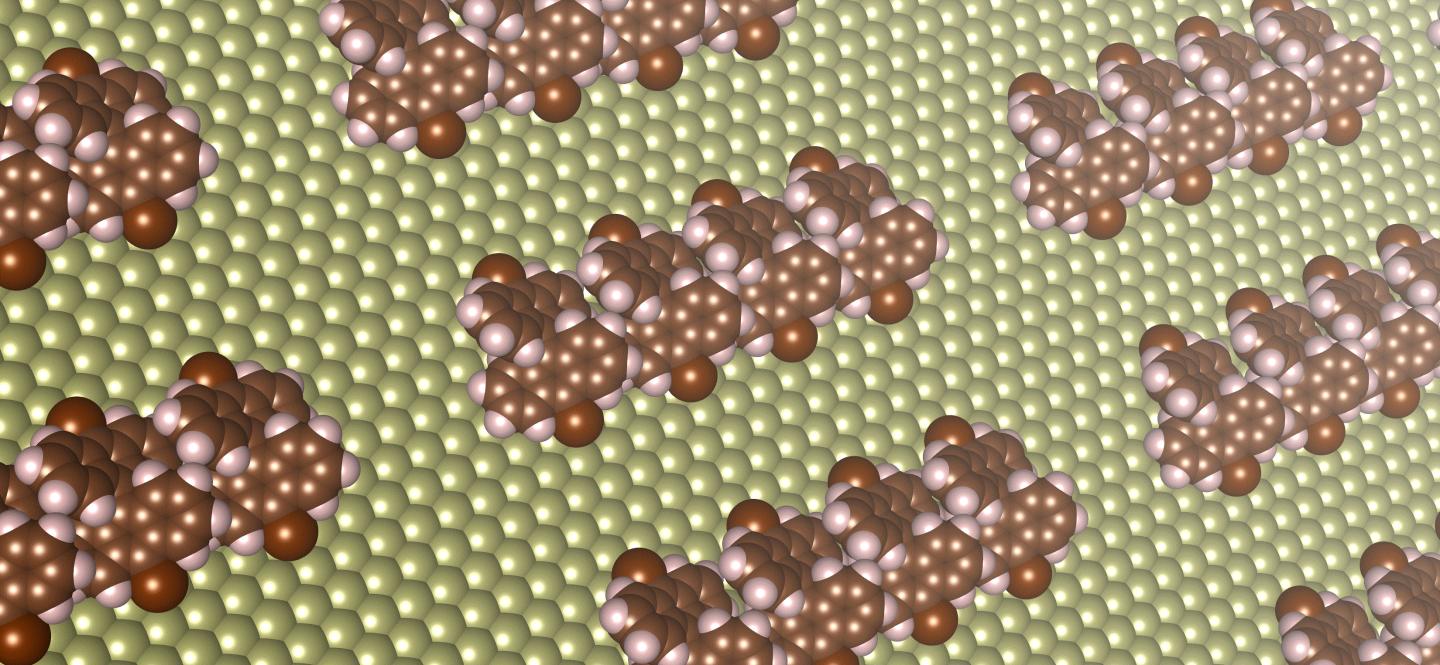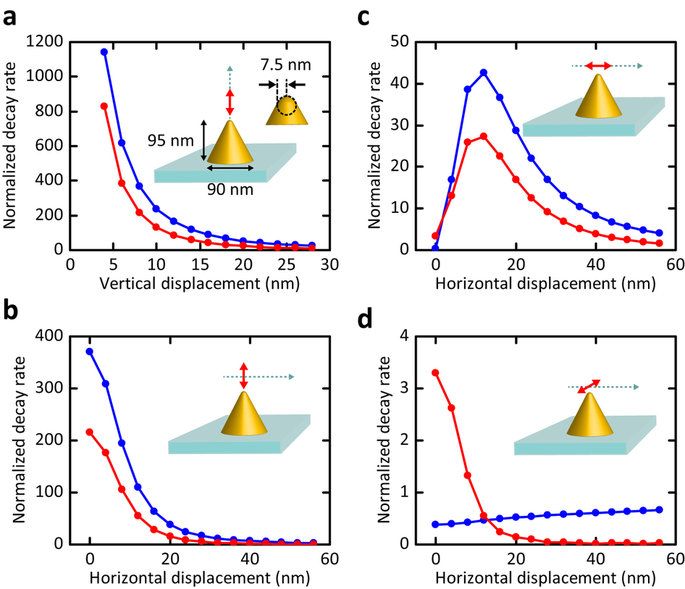Page 10463
Feb 14, 2017
NASA spends $2mn on ‘advanced life support tech’ for deep space travel
Posted by Dan Kummer in category: space travel
NASA has awarded $2 million to two companies for the development of technology that will help astronauts breathe safely in space for longer periods, potentially furthering long distance space exploration.
Feb 14, 2017
Quantum Memristors with Superconducting Circuits
Posted by Karen Hurst in categories: computing, quantum physics
Nice advancement; looking forward indeed to the day I know longer look or touch a keypad again or even markers to a white or imaging board.
Memristors are resistive elements retaining information of their past dynamics. They have garnered substantial interest due to their potential for representing a paradigm change in electronics, information processing and unconventional computing. Given the advent of quantum technologies, a design for a quantum memristor with superconducting circuits may be envisaged. Along these lines, we introduce such a quantum device whose memristive behavior arises from quasiparticle-induced tunneling when supercurrents are cancelled. For realistic parameters, we find that the relevant hysteretic behavior may be observed using current state-of-the-art measurements of the phase-driven tunneling current. Finally, we develop suitable methods to quantify memory retention in the system.
Feb 14, 2017
Brain contains many networks of interconnected neurons that send signals with a rhythmic pattern
Posted by Karen Hurst in categories: biotech/medical, neuroscience
Nice write up on the physical sensory parts of the brain and central nervous system. However, everyone is proving and continues to prove that with the electromagnetic spin properties tied to human cells is showing that there is the additional layer of cell to cell communication occurring within the human body as well as these cells which are charged are also able to connect with other charged particles in a room or location. My guess is we will need all to effectively enable meaningful/ useful system intelligence to provide real pragmatic value.
Not everyone is Fred Astaire or Michael Jackson, but even those of us who seem to have two left feet have got rhythm–in our brains. From breathing to walking to chewing, our days are filled with repetitive actions that depend on the rhythmic firing of neurons. Yet the neural circuitry underpinning such seemingly ordinary behaviors is not fully understood, even though better insights could lead to new therapies for disorders such as Parkinson’s disease, ALS and autism.
Recently, neuroscientists at the Salk Institute used stem cells to generate diverse networks of self-contained spinal cord systems in a dish, dubbed circuitoids, to study this rhythmic pattern in neurons. The work, which appears online in the February 14, 2017, issue of eLife, reveals that some of the circuitoids–with no external prompting–exhibited spontaneous, coordinated rhythmic activity of the kind known to drive repetitive movements.
Feb 14, 2017
The Biotechnological Wild West: The Good, the Bad, and the Underknown of Synthetic Biology
Posted by Karen Hurst in categories: bioengineering, biotech/medical, computing, health, policy, security
While the recent cases of Ebola and Zika contributed to an emphasis on research, response, and policy related to EIDs, the meeting also had presentations on emerging biotechnologies. Of particular note was the Synthetic Biology panel, which focused on the current state of synthetic biology, its use in the health security defense enterprise, and the policy conundrums that need to be addressed.
Synthetic Biology – Complexity through Simplification
The first presenter, Dr. Christopher Voigt of the Synthetic Biology Center at MIT, noted that synthetic biology was the application of engineering principles to biological systems. The end goal of this bioengineering framework is to leverage ever-increasing computer capabilities to simplify both the designing and writing of genomic sequences. Further simplification would then allow for the creation of more complex systems.
Feb 14, 2017
Learning how to fine-tune nanofabrication
Posted by Karen Hurst in category: robotics/AI
Artificial intelligence to simulate how molecules behave when placed on a metal surface.
Credit: Kyoto University iCeMS.
Feb 14, 2017
MIT Team’s Low-Power Chip Could Revolutionize Speech Recognition in Electronics
Posted by Karen Hurst in categories: computing, mobile phones
Personally; I see this not being needed in less than 10 years.
Automatic speech recognition is on the verge of becoming the chief way of interacting with primary computing devices. A decade ago, the concept of automatic speech recognition was laughed at.
Anticipating this rise in voice-controlled electronics, a team of researchers from MIT have developed a low-power chip designed for automatic speech recognition. A cell phone running speech-recognition software might need roughly 1 watt of power, but the new chip requires between 0.2 and 10 milliwatts only, based on the number of words it has to recognize.
Continue reading “MIT Team’s Low-Power Chip Could Revolutionize Speech Recognition in Electronics” »
Feb 14, 2017
To Get AI in Everyday Gadgets, Engineers Go to Specialized Hardware
Posted by Karen Hurst in categories: mobile phones, robotics/AI, wearables
Energy-efficient, deep-learning processors are what’s needed to make smart phones, wearables, and other consumer electronics smarter.
Feb 14, 2017
Controlled Coupling of a Single Quantum Dot to a Gold Nanocone Antenna
Posted by Karen Hurst in categories: nanotechnology, quantum physics
Multiexcitonic transitions and emission of several photons per excitation comprise a very attractive feature of semiconductor quantum dots for optoelectronics applications. However, these higher-order radiative processes are usually quenched in colloidal quantum dots by Auger and other nonradiative decay channels. To increase the multiexcitonic quantum efficiency, several groups have explored plasmonic enhancement, so far with moderate results. By controlled positioning of individual quantum dots in the near field of gold nanocone antennas, we enhance the radiative decay rates of monoexcitons and biexcitons by 109 and 100 folds at quantum efficiencies of 60 and 70%, respectively, in very good agreement with the outcome of numerical calculations. We discuss the implications of our work for future fundamental and applied research in nano-optics.
Feb 14, 2017
Alibaba Cloud increases the capacity of its Hong Kong Data Centre
Posted by Karen Hurst in category: computing
Lookout Amazon
MIS Asia offers Information Technology strategy insight for senior IT management — resources to understand and leverage information technology from a business leadership perspective.


















